
Home List your patent My account Help Support us
CARGO SUPPORT DUNNAGE BEAMS AND ATTACHMENTS
[Category : - OTHER- Automotive Accessories - Tools]
[Viewed 424 times]
For ease of invention description we will call it Load Supports.
As a truck driver with 20yrs Canada/US wide experience, hauling a load of steel pipe, Mr. Robinson had one of the wooden beams used in todays industry, break. This allowed the steel pipe to slide down and fell/slid off the trailer.
After looking into this problem, doing some extensive research and studies, he recognized this as a major issue. He then came up with the Load Supports. Please refer to actual photos taken by Mr. Robinson of loaded cargo, using wood beams/dunnage. Recently Mr. Robinson was personally injured due to pipe falling off of a trailer. This accident happened in Jan of 2024. Causing Mr. Robinson to become an amputee. The load of pipe was not secured with wood wedges or anything other then plastic banding and wood strips, once the straps were removed. The operator unloading the pipe, accidentally knocked the top potion of the load onto Mr. Robinson. This could have been prevented with the use of Load Supports.
Here is an example, of a reason these Load Supports should be used in todays industry: A worker was killed by a falling pipe when unloading a transport trailer. The worker was in the process of unstrapping the load when three high-density polyethylene pipes, weighing about 500 kg each, rolled off the top tier. The pipes were resting on the wood dunnage beams (industry standard to-date) and small wood wedges were in place. These wood wedges failed to block or restrain the load once the strap was removed. A tragedy that might have been avoided if Load Supports had been used.
Another example: On January 5, 2015, an equipment rental company truck driver was delivering elevator assemblage to a construction site. After parking on an uneven surface, he finished removing the ratchet straps that secured a 1,000 pound elevator door and turned his back to roll up the straps. The elevator door shifted and fell onto the driver, resulting in fatal crushing injuries.
Presently wood dunnage beams are used and have been known to break. Also, the wooden wedge nailed to them, has been known to pull off, break etc. This has been a serious problem for many years. Resulting in many accidents, damage to the cargo, property, vehicles, injuries to people and even death. This has also caused insurance rates to go through the roof in most cases. The number of serious injuries and deaths due to cargo falling off trailers alone, is too high. Let alone from all the accidents related to this problem.
Load Supports would fulfill the need for better stabilization of cargo on a flatbed trailer or truck or flatbed rail car. Its easy to use, convenient and provides load protection. Instead of risking instability and possible loss of pipe or other cargo onto the highway while traveling, loading or unloading, this invention would fully support the load. It would enhance overall stability and when used in conjunction with cargo securement devices to keep the load intact and completely safe.
Load Supports could help avoid major flatbed trailer related accidents that result in vehicular damage, serious injuries, fatalities, and higher insurance costs. It would provide peace of mind for professional truck drivers by maintaining a high level of safety. Additionally, they are weather resistant, user friendly, fully adjustable and cost effective.
The Load Supports are a 3” inches wide x 3” tall and 8.5 feet long square aluminum tube/beam. Various sizes and lengths can be easily made for different applications in the exact design.
The Load Supports are designed to be used on a flatbed truck, trailer or flatbed rail car. The wedge part is designed to have a wedge at one end (slanted edge) and a flat edge on the other (vertical edge). It can be placed on the beam with either end facing in towards the cargo. The wedge end is used on cargo like pipe, whereas the flat edge is used against squared edged cargo such as machinery, pallets, etc.
They assist in the securing of the cargo such as steel pipe as an example. The aluminum tube/beams are designed to lay laterally across the deck of the flatbed trailer. The wedges are placed in the desired locations on the beam by the driver/loader, to evenly space the cargo. The wedge is placed at one end and secured on each beam per layer, the load of pipe is loaded/rolled gently onto the beams and placed against the wedge. Once the load of pipe for this layer is all loaded on, the loader forklift stays in place against the load to hold it from moving/rolling. This allows the driver/loaders to secure the pipe in place without danger of it rolling off. Another wedge is placed at this end of the beam now and secured in the same manner, tightly against the cargo. Making sure the wedge is either facing in or the flat edge is facing in, whichever is desired for the type of cargo being loaded.
Now another row of beams, are laid laterally across the top of the first layer of cargo (ie. pipe). A wedge is secured on the bottom side (underneath) the beam and secured against the cargo below and on both sides, Now the beam is secured from moving on top of the cargo. Now another wedge can be secured in place on the top of the beam in the same manner as the first layer. The cargo is loaded the same and a wedge secured at the other side, in the same manner as first layer. This is done in each consecutive layer as required.
The wedge attachment is something that we have designed to come in various styles for various types of cargo hauling. For example: A taller aluminum piece can protrude from the top of the attachment to be used as a pipe stake or a support beam. Adding a cross beam at the top to connect to the other side support beam, to allow for hauling of boats as an example, on an angle. There are many various attachment types that can be used/made. The possibilities are many.
It is highly recommended that proper, legal securement devices be used per layer of cargo loaded. The Load Supports are not a securement device, they are a safety device designed to assist in securing the cargo. To prevent it from rolling off for example, when the securement is not in place (ie straps, chains, cable) and to help prevent it from falling off during transport. The present method is to use a wood beam. If the wood beam breaks, the load falls off.
The Load Supports are made of aluminum and much stronger, thus reducing the likelihood of this happening.
Load Supports are designed to be made from aircraft type aluminum. Aluminum was chosen because it is light weight, strong and corrosion resistant (same weight or less, as wood dunnage boards/beams but much stronger). Also, its easier to handle.
Some example pictures are added so you can visualize the products used today and how they can be an issue. Interested parties can contact me for more information and to see the load supports, etc.
Thanks for reading.
Asking price:
Make an offer
Make an offer
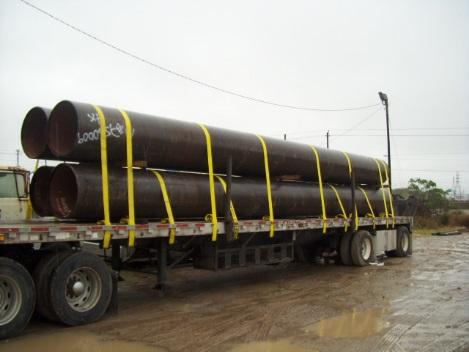
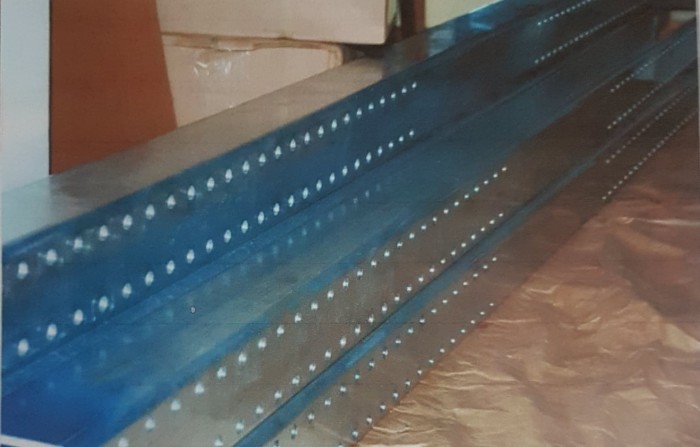
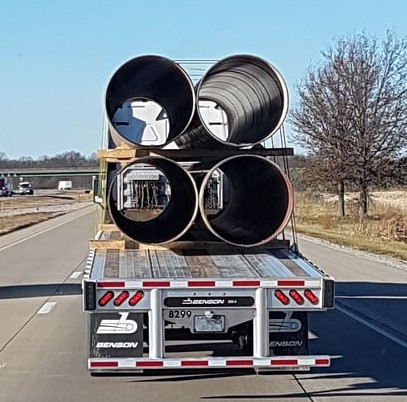
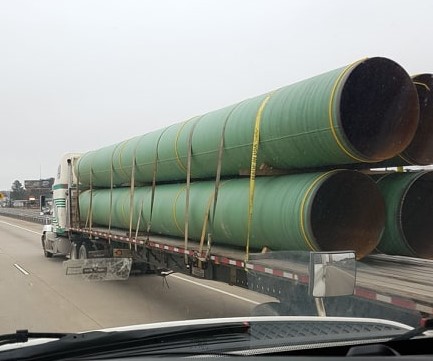
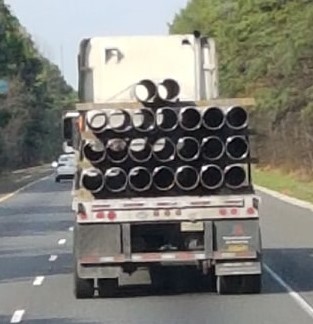
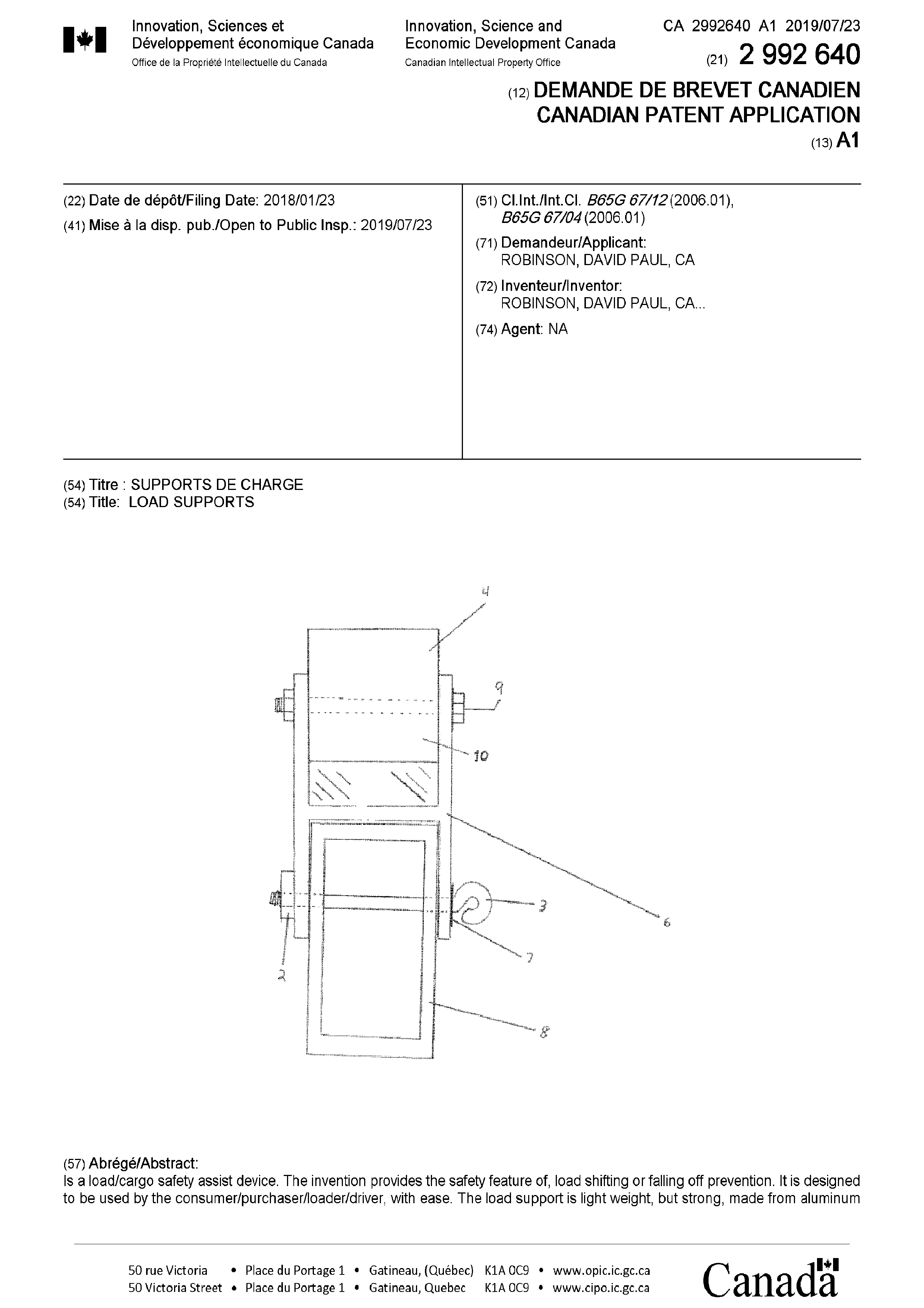
[ Home | List a patent | Manage your account | F.A.Q.|Terms of use | Contact us]
Copyright PatentAuction.com 2004-2017
Page created at 2024-04-29 19:38:14, Patent Auction Time.
 Patent publications:
Patent publications: CA 2992640
CA 2992640 Great invention
Great invention